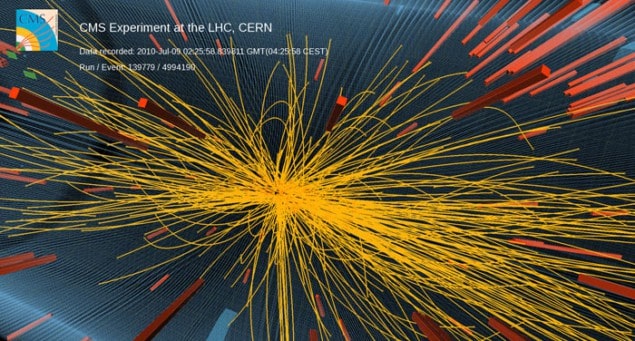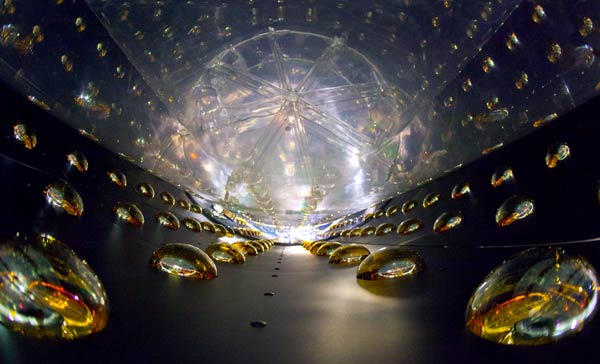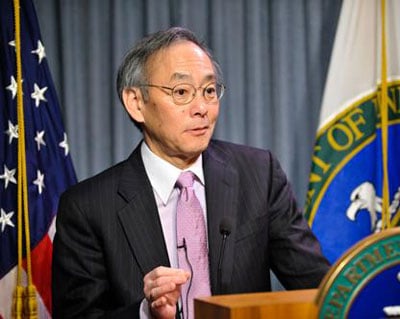
For any soothsayer seeking to predict what will happen over the coming year, it is natural to begin by looking back over the previous 12 months – and equally tempting to give the year just gone more importance than it truly deserves. Yet surely historians will look back on 2011 as some kind of turning point, given the unprecedented popular uprisings across the Middle East that have led to new regimes in Egypt, Tunisia and Libya. Many of these protests were helped by the use of social-networking tools that appeared to allow protestors to join forces and co-ordinate their actions. These communication tools were also the theme of the “Occupy” movement against economic and social inequality, which took hold in more than 80 countries as the world’s economies faltered and share prices plunged amid a sovereign debt crisis across Europe.
Whether the use of social-media tools really were the driving force behind these events – some such as Malcolm Gladwell think otherwise – certainly the ability to communicate so easily and instantly is reshaping the world, and physics is no exception. Back in 1983 when physicists at CERN discovered the W and Z bosons, most of the discussion and debate between the two rival experiments at the Super Proton Synchrotron took place sedately behind closed doors, with the final results presented neatly in press conferences in the January of that year. Fast forward to today and as 2011 draws to a close, CERN’s scientists working with its current machine – the Large Hadron Collider (LHC) – no longer had that luxury as evidence began to emerge last week for the elusive Higgs boson.
Despite CERN’s attempts to control what researchers say in public, rumours began flying around of various possible peaks and non-peaks well before the 13 December meeting at CERN where the rival CMS and ATLAS teams presented their newest analyses of the LHC’s myriad proton–proton collisions. Although no definite “discovery” was claimed by either team, the evidence for a Higgs with a mass of about 125 GeV now seems pretty strong. So after years of hard work – most recently by physicists at the now-defunct Tevatron collider at Fermilab in the US and by the LHC – we can make our first prediction for next year: a gold-plated “5σ” sighting of a 125 GeV Higgs. This announcement may come as soon the Moriond winter conference at La Thuile, Italy, in early March, when a deeper and fuller analysis of the LHC’s data is due to be presented. As for the search for supersymmetry, which could unify the weak, strong and electromagnetic forces at energies of about 1016 GeV, watch this space for signs of the supersymmetric particles, or “sparticles”, that it predicts.
Fundamentally speaking
Elsewhere in fundamental physics, the controversy over possible faster-than-light neutrinos will rumble inconclusively on, while the various searches around the world for dark matter – the invisible stuff that makes up about 23% of the mass-energy in the universe – will report further findings but no clear breakthrough. China, though, which is very much a rising star in physics, will complete the final part of the Daya Bay Reactor Neutrino Experiment. Consisting of three underground experimental halls containing identical neutrino detectors, each filled with 20 tonnes of gadolinium-dope liquid scintillator, the experiment is designed to measure θ13 – one of three “mixing angles” that characterize how neutrinos transform, or “oscillate”, from one type to another.
Another subterranean lab nearing completion is the Sanford Underground Laboratory in the former Homestake gold mine in South Dakota, US, into which physicists will start installing their first two experiments sometime in the spring. One will join the effort to spot dark matter, while the other aims to detect the very rare process of neutrinoless double-beta decay, which would reveal that neutrinos are, bizarrely, their own antiparticle.
Get set for lift-off
Other predictions that we can make with reasonable confidence concern a number of intriguing missions in astronomy and space science. Projects in these field are generally planned and developed over years if not decades, with launch slots decided months in advance. First up in February will be NASA’s Nuclear Spectroscopic Telescope Array (NuSTAR), which will allow astronomers to study the universe in high-energy X-rays. August will see the launch of the agency’s Radiation Belt Storm Probes (RBSP) to help us understand the Sun’s influence on Earth and near-Earth space by studying the Earth’s radiation belts, while in December NASA’s Interface Region Imaging Spectrograph (IRIS) is due to take off with the aim of providing “significant new information to increase our understanding of energy transport into the corona and solar wind”. Not to be outdone, the European Space Agency is launching Swarm – a constellation of three satellites different polar orbits at altitudes of 450–550 km – to study the Earth’s magnetic field.
But perhaps the biggest astronomy story of next year will be NASA’s Mars Science Laboratory, which successfully blasted off in November and is due to land on the red planet on 6 August, with its rover Curiosity set to comb the Martian surface for signs of life. Going to Mars has never been easy, however, and with the failure of Russia’s Phobos-Grunt mission earlier this year, NASA will be hoping for better luck with its lander. The agency will also be taking a step into the unknown, for the first time using a private company to ferry supplies up to the International Space Station. NASA will be praying that SpaceX’s unmanned space capsule, Dragon, will do the job that the space shuttle did until it was retired earlier this year. As always, astronomers must hope for the best but be prepared for the worst.
Moments in history
Our next pair of predictions for 2012 are easy to make and concern two anniversaries that will take place next year. The first is the centenary of the discovery of cosmic rays by the Austrian scientist Victor Hess, for which he was awarded the 1936 Nobel Prize for Physics. His work will be commemorated at a number of meetings, including a major event at the University of Denver in Colorado. Next year will also see the centenary of the birth of the mathematician, code-breaker, logician and computer pioneer Alan Turing on 23 June 1912, which is to be celebrated at an international conference in Cambridge from 18–23 June. Although neither anniversary is quite as significant for physicists as this year’s centenary of superconductivity or the “50 years of the laser” celebrations in 2010, both events are still worth looking forward to and will be covered in Physics World magazine.
The forthcoming year will also see a very rare – although entirely predictable – astronomical event known as the transit of Venus, during which the planet will pass directly between the Sun and the Earth. Always occurring in pairs eight years apart, the last transit took place in 2004 and the next will definitely take place (barring some crisis of Newtonian physics) on 6 June next year. The transit can be safely observed with the naked, although protected, eye, so it is well worth watching as the next one will not occur for more than a century – December 2117 to be precise. To whet your appetite, there is even a transit of Venus phone app that will let you send your observations to a global experiment to measure the size of the solar system.
In politics, 2012 will of course see a US presidential election on 6 November at which Barak Obama will almost certainly stand for re-election against a yet-to-be-decided Republican candidate. Being politically neutral, we will not make a call on who deserves to win, but we predict that the Nobel-prize-winning laser physicist Steven Chu, who currently serves as President Obama’s energy secretary, will no longer seek to remain in the job. Four years as head of the US Department of Energy cannot be easy and Chu, 63, will no doubt want to get back to doing some research, with the attraction of his cold-atom lab bench being hard to resist.
Known and unknown unknowns
The beauty of physics is that no-one really has any idea what lies around the corner. If uncovering nature’s secrets were entirely predictable – if there were no “unknown unknowns” – it would not be research. Still, there are sure to be plenty of exciting developments – the “known unknowns” – to look forward to, particularly in the creation of new kinds of invisibility cloaks that can allow events, not just objects, to go undetected, and in the study of the fundamentals of the quantum world through the use of “weak measurements” that probe, but do not disturb, a quantum system. Both these fields were featured in the Physics World top 10 breakthroughs of the year.
We will be following all these – and other – stories on physicsworld.com and in Physics World. We have also got some great special issues of the magazine planned for 2012, focusing on Earth sciences in March, physics and the Olympics (July) and the physics of animals (November), as well as a series of six supplements and special reports on Japan, India, big science, optics, nanotechnology and vacuum science. And, as always, this website will offer another series of online lectures – the first featuring the author of our 2011 Book of the Year, Lawrence Krauss, speaking about Richard Feynman – as well our regular, quarterly books podcasts and video reports from the world’s leading physicists and physics labs.
So, whatever 2012 has in store for physics, you can be sure that we will have it covered.
- Happy with our predictions? Annoyed at something we missed? Tell us what you think by commenting below






